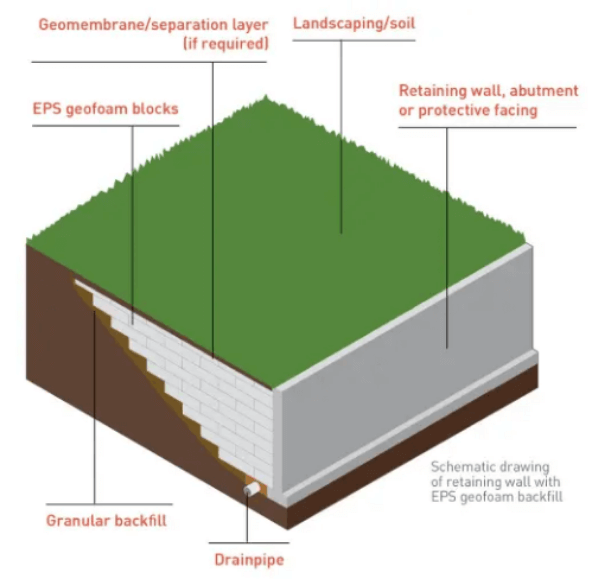Specializing in geofoam for construction in both public and private sectors, Poly Molding endeavors to provide the highest quality EPS products at the most competitive prices. Whether you are in need of a reliable replacement to soft soil, or you need one for insulation purposes, we have the perfect product that fits your needs. Get to know more about what we can offer through these resources.

This third type of insulation material is best used for roofing applications. It has a cost that is most expensive among them. It rates at 5.8 R per inch, and its manufacturing process starts with the use of a liquid foam. When compared to the other two types, this one is not recyclable. When faced with fiberglass, this one can become more permeable without necessarily creating a vapor barrier